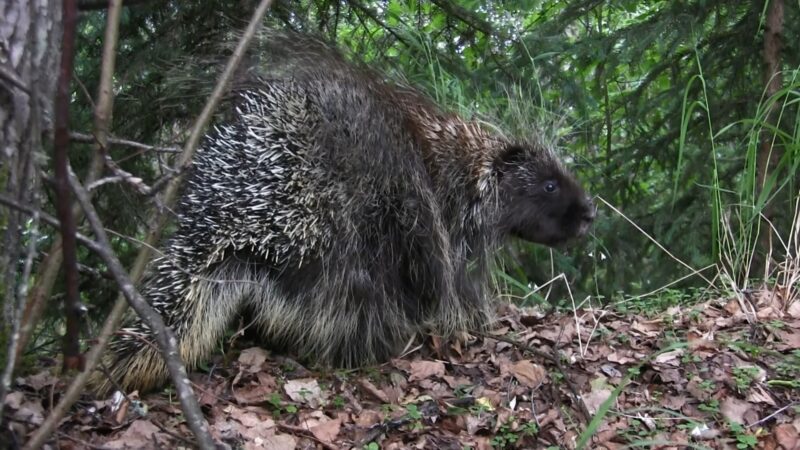Porcupines, the prickly creatures found almost everywhere except Antarctica, have sparked curiosity and caution among humans and animals alike. These creatures, belonging to both the old-world and new-world families, are known for their unique defense mechanism: their quills.
But how dangerous are these quills? Are porcupines deadly?
In this article, you will learn:
- The nature of porcupine quills and their impact on predators.
- How porcupines defend themselves without being inherently venomous.
- Safe practices for dealing with porcupine encounters.
The Quills: Nature’s Armor
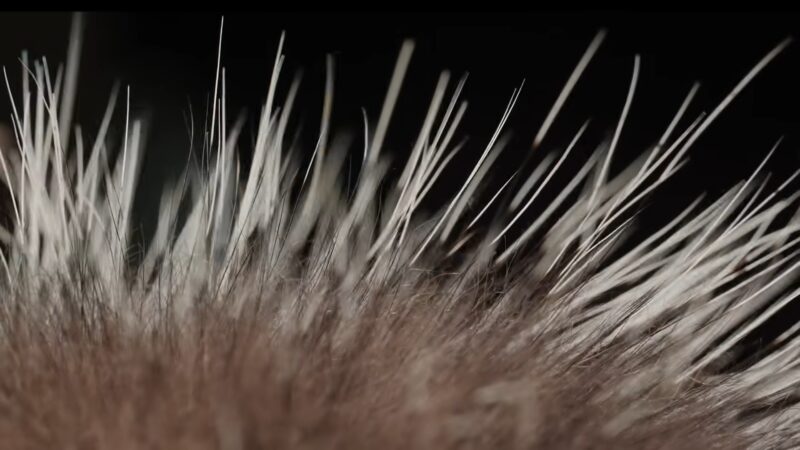
Porcupines possess a remarkable defense system: their quills. These are not mere hair strands but robust, barbed spikes that play a crucial role in their survival.
Contrary to popular belief, these quills are not poisonous. However, they can cause severe injuries and infections.
When a predator threatens a porcupine, it raises and shakes these quills as a warning. If the threat persists, the porcupine’s quills can become embedded in the attacker’s skin.
The Danger Lies in the Infection
The real danger of porcupine quills lies not in venom but in the risk of infection. These quills, difficult to remove due to their barbed nature, can break off and stay embedded in the skin.
Such injuries often require medical or veterinary intervention. In some cases, infections caused by these quills can lead to severe complications and even rabies.
Porcupines and Pets
For small pets like cats and different dog breeds, an encounter with a porcupine can be particularly dangerous. The quills, painful and challenging to remove, can become brittle if left inside, leading to infections and other complications.
To prevent such encounters, it’s advisable to avoid porcupine habitats and keep pets on leashes.
A Defensive, Not Aggressive, Creature
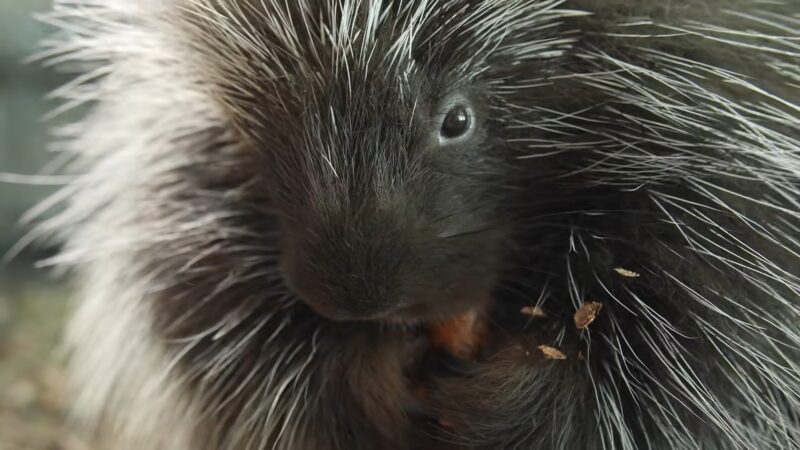
It’s essential to understand that porcupines do not attack out of malice. They are generally afraid of humans and prefer to flee rather than fight.
However, if cornered or threatened, they may be charged as a defensive act. Their quills are not weapons of aggression but tools of defense, used only when they feel threatened.
Lethal Defense
A study in Italy highlighted the lethal potential of porcupines’ quills. Researchers observed instances where porcupines used their quills to fatally impale predators like foxes, badgers, and dogs.
This study underscores the defensive capabilities of these animals when provoked. They use their most aggressive defenses, such as backward or sideways attacks, as a last resort.
Recognizing and Responding to Porcupine Encounters
Encountering a porcupine requires a cautious and informed approach. Recognizing the signs of a defensive posture is crucial.
When threatened, they exhibit behaviors like quill erection, tail rattling, stamping, and growling. If you encounter a porcupine, the best course of action is to maintain a safe distance and avoid cornering or threatening the animal.
This reduces the likelihood of a defensive attack.
Embedded Quills – Treatment and Prevention

If quills become embedded in the skin, prompt and proper removal is essential. Due to the barbed nature of the quills, attempting to remove them without professional help can cause more harm.
Seeking medical or veterinary assistance ensures safe and effective removal, minimizing the risk of infection and complications. For pets, immediate veterinary care is crucial as quills can be more challenging to remove and more dangerous if broken or left untreated.
Knowing Porcupine Behavior and Habitat
Porcupines are primarily nocturnal and tend to inhabit wooded areas, rocky regions, or places offering natural cover. Understanding their behavior and habitat can help in avoiding unintended encounters.
They are more active during the night, so being extra cautious during evening walks, especially in areas known to host porcupines, is wise.
Mitigating Risks in Porcupine-Populated Areas
For those living in or visiting areas with porcupine populations, there are measures to reduce the risk of encounters. Ensuring that yards and surrounding areas are free from food attractants can discourage porcupines from wandering close to human habitats.
Keeping pets supervised and on leashes, especially during night-time, can significantly reduce the risk of confrontations.
The Role of Wildlife Experts
In cases where porcupines pose a consistent threat or nuisance, contacting wildlife experts like Critter Control can offer a humane and effective solution. These professionals can safely remove porcupines from residential areas, reducing the risk of conflicts.
The Impact of Porcupine Quills on Ecosystems
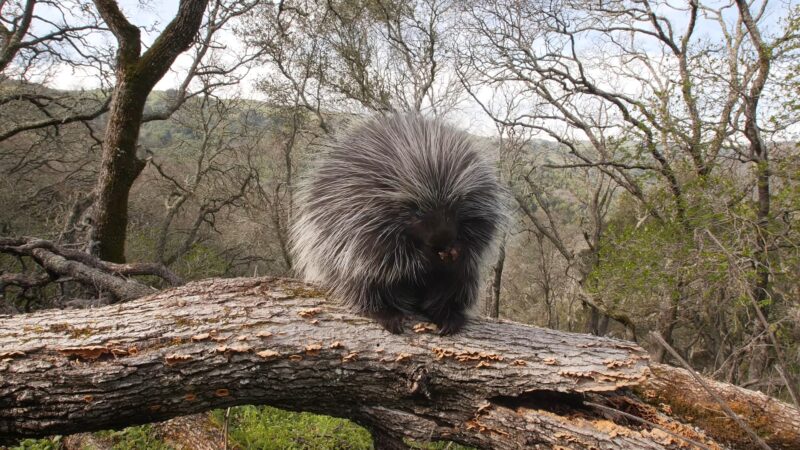
Porcupines play a significant role in their ecosystems. Their quills, while a defense mechanism, also impact the interactions between species.
Predators learn to recognize and avoid porcupines as potential prey, adapting their hunting strategies accordingly. This interplay contributes to the balance within the ecosystem, demonstrating the porcupine’s role beyond just a prickly creature but as an integral part of the natural world.
Interactions With Humans
Human encounters with porcupines, though infrequent, should be handled with caution and respect. In areas where their habitats overlap, it’s vital to be aware of their presence.
Educating local communities about porcupines, their behavior, and how to react during encounters can prevent injuries and promote coexistence.
Porcupine Quills in Research and Medicine
Interestingly, porcupine quills have captured the attention of researchers and medical professionals. Their unique structure and properties are being studied for potential applications in medical devices and treatments.
This research is a testament to the intricate design of nature and how even the most seemingly simple features of an animal can offer innovative solutions to human challenges.
The Myth of Shooting Quills
Learning about common myths regarding porcupines is important for understanding them better. One such myth is that they can shoot their quills. In reality, they cannot project their quills; they only become embedded in the skin of an attacker through direct contact.
Knowing this can change how we perceive and react to these animals.
FAQs
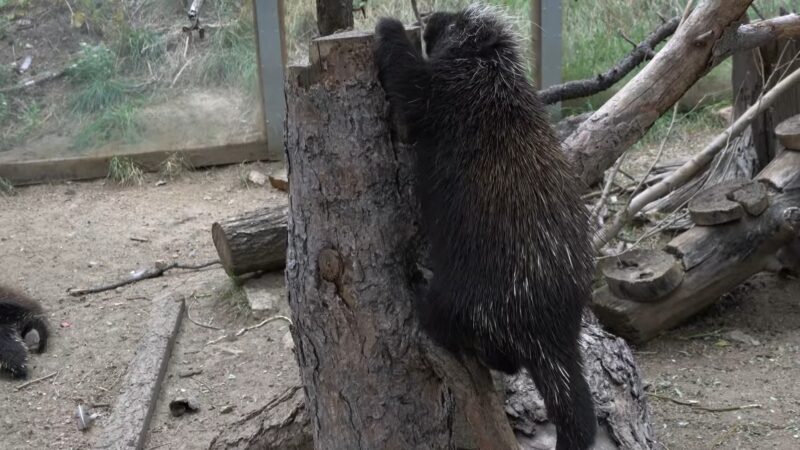
Can porcupines climb trees?
Yes, many species are adept climbers and often climb trees to find food or escape predators.
How long do porcupines live?
They have a lifespan ranging from 5 to 15 years in the wild, depending on the species and environmental factors.
What do porcupines eat?
They are primarily herbivores, eating leaves, twigs, bark, and green plants. Some species also eat fruits and nuts.
Do porcupines have any natural predators?
Yes, their natural predators include large cats like mountain lions, wolves, and great horned owls in some regions.
How do porcupines communicate?
They communicate through a combination of sounds, such as grunting or whining, and physical signals, like quill rattling.
Are porcupine quills used for anything by humans?
Historically, some indigenous cultures have used their quills in decorative art and traditional clothing.
Final Words
Porcupines, with their unique quills, are fascinating yet potentially dangerous creatures. While they are not venomous, their quills can cause serious injuries and infections.
It’s crucial to respect their space and understand their behavior to avoid harmful encounters. If you’re interested in learning more about wildlife and how to safely coexist with various species, a natural next step would be exploring articles or resources on wildlife safety and conservation.
With these insights, you are now more informed about the porcupine’s defense mechanisms and the potential risks they pose. Keep in mind that understanding and respect for wildlife are key to avoiding unnecessary conflicts and injuries.
Related Posts:
- Are Opossums Dangerous to Humans? Unmasking the Truth!
- 18 Largest Birds Of North America - How They Survive…
- How Well Does a Rabbit See? - What Colors, Shapes,…
- Do Beavers Make Good Pets? What You Need to Know…
- Are Opossums Dangerous to Pets? - How to Deal With Them
- Taiga Food Web: Interconnected Relationships between…


